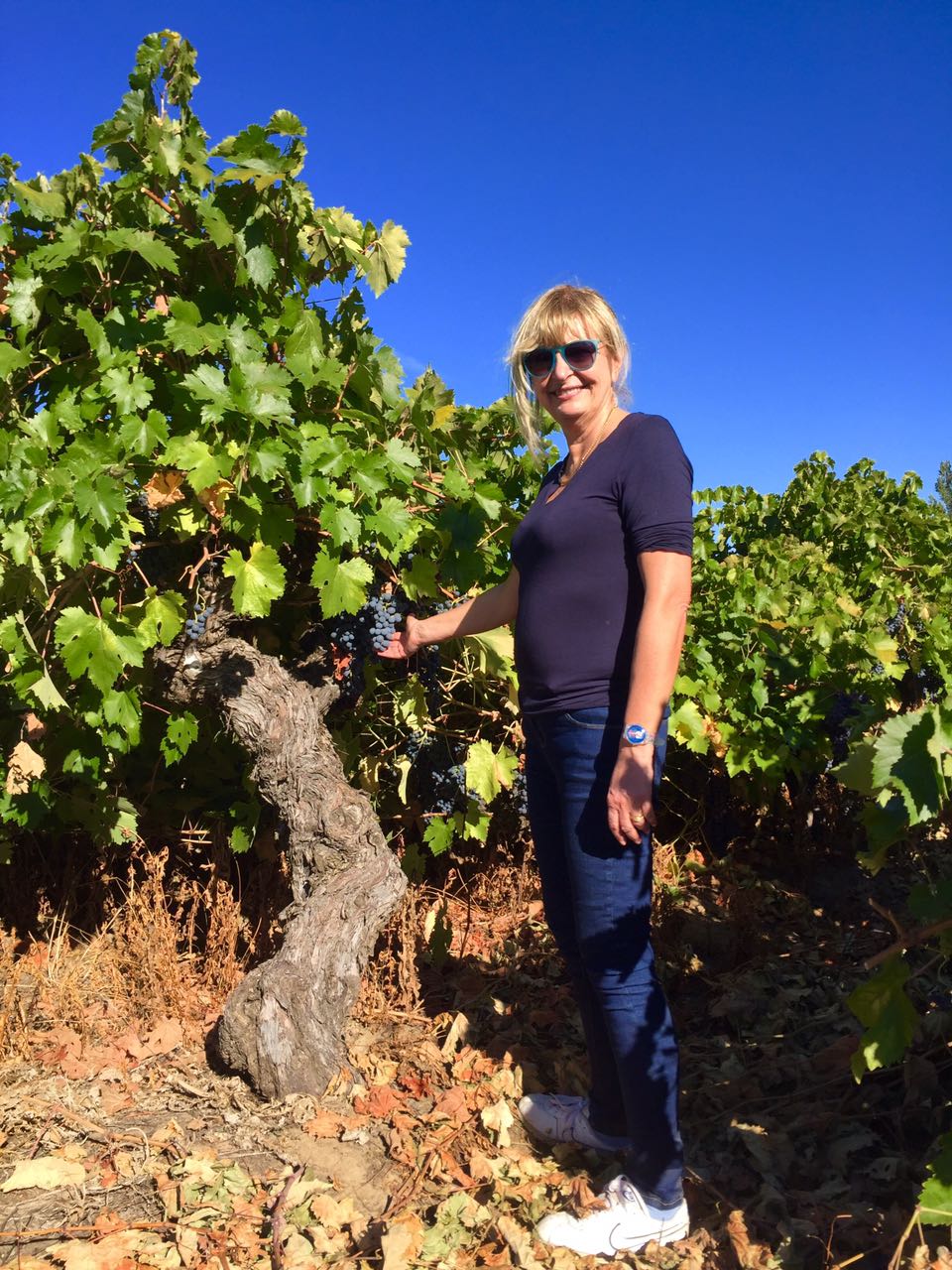The Wolf Post, supported by a Cultural Association, offers a professional service with free access, without subscription.
For this reason, a donation would also be a sign of appreciation for our work.
The primary goal of an oenologist is to be able to give the owner of the winery and, therefore, also to the final consumer, the “perfect wine”, enhancing and optimizing the fruit of the gods: the grapes.
Does the “perfect” wine really exist? Someone has defined the perfect wine as that which meets the favor of producers, others that of consumers. There are also those who argue that the perfect wine is the one without defects. Yet, we know that, sometimes, a small imperfection can turn into an added value, an example of all “bretted” wines, loved and hated at the same time.
By adding a new chapter to the column, which gives a voice to winemakers, we turn to the most authoritative source to understand if the perfect wine exists and to what extent.

© Dora Marchi Enologa
Who better than an oenologist can know the fatigue and the many variables that affect the production of wine from the vineyard to bottling. Yet, often, the most ruthless judgments about wine come from those who only taste the final product without having witnessed the entire production process. For this reason, only an oenologist can really know if there is a “perfect” wine and when it can be defined as such, according to his experience.
Literally, when a wine is free from defects it could be defined as “perfect”. However, this is not enough for experts, critics and consumers to recognize a wine as a “great wine”.
Paradoxically, a wine judged “too perfect” is sometimes perceived as lacking in personality.
Although the judgment of a wine is often subjective and depends on the professional, cultural and human background of those who taste it, the first rule is balance: what you smell on the nose must be confirmed by the taste.
At the olfactory level, the thresholds are not unique: the perception of perfumes and defects is personal and, therefore, can be different depending on the person. The sense of taste, on the other hand, is more objective and the evaluation of structure, length and thickness is more similar among tasters.
On a technical level, the first quality of a wine is color. More precisely, it is the brightness that moves our choices, while the dark colors often lead us to perceive negative olfactory notes (of oxidation, old and lack of freshness).
The scent must be fresh, enveloping, inviting and surprising. Through the scent we must be able to grasp the variety, territory and emotionality of the vintage.
The taste, then, must reconfirm the scent, through thickness, structure, length, persistence and elegance.
I was lucky enough to drink wines over 30/40 years old and to perceive them as young and fresh. Wines that, despite their longevity, continue to change in the glass, reserving curiosity and encouraging you to savor them.
Wines that I will always remember for the pleasant physical sensation transmitted and, with them, the place, the time, the atmosphere and the people with whom I drank them.
These are the perfect wines: those that create emotion and curiosity, those that are never forgotten and that will become an icon in the imagination.

© Dora Marchi Enologa
Is there a defect that you are particularly afraid of?
There are two defects that I consider unforgivable: dryness, dryness in the mouth and bitterness. Wishing to drink a glass of water after a glass of wine is certainly not a good thing.
Unfortunately, it may happen to taste wines without olfactory defects but which, then, to the taste, or on the finish, reveal that dryness that does not entice you to drink them again.
Sometimes, this defect is also found in noble wines but, even in the presence of very similar sensations, the causes can be different.
In fact, it can depend on a lack of phenolic maturity of the grapes, an excess of tannins and / or not well polymerized tannins. In addition, it can also depend on high volatile acidity and not be perceptible to the smell, or be attributable to an excess of oxygen in the final stages of refinement and / or bottling.
Finally, among the causes of these negative feelings, we also find climate change. Stressed and dehydrated grapes often do not have a polyphenolic outfit at the right level of maturity and have dry and dry tannins.
Another defect, not of lesser consideration, is the bitterness. The causes, also in this case, can derive from different factors. In red wines, the sensation of bitterness is often due to the quantity and the state of polymerization / maturation of the polyphenolic compounds. In white wines, however, it can be due to the presence of catechins and more.
However, the sensitivity to bitterness is very subjective; in some people it is particularly accentuated due to, it is hypothesized, genetic characteristics. In humans, there are 25 distinct bitter receptors, for the most part located on the surface of the cells of the taste buds.
Over the millennia, the ability to recognize bitterness has preserved man from ingesting food and/or drinks containing poisonous ingredients.

© Dora Marchi
What are the operations, or strategies, that you implement to prevent this problem from arising?
The greatest effectiveness is in the preventive action.
To avoid problems of dryness, bitterness and astringency, it is important, even at a phenolic level, to harvest ripe grapes. The duration and the methods of vinification-aging, on the other hand, must be included in the strategy. Last but not least, in all stages of wine processing and aging, great attention must be paid to the correct relationship with oxygen.
On the elimination and/or camouflage/mitigation of these defects, clarification with protein substances (jellies, albumins, etc.) of both animal and vegetable origin and, not even, the addition of sweet or other substances can do nothing. The Enosis work philosophy categorically bans the clarification phase with protein substances.

© Dora Marchi
Your thoughts on “Brett” wines: are they undoubtedly defective wines or are they an interesting experience?
Personally, I am very sensitive to the presence of ethyl phenols. My olfactory threshold is very low: I perceive them at even minimal levels and they annoy me. For me, “bretted” wines are thumbs-down.
Brettanomyces is a polluting yeast which, through its enzymes, transforms hydroxycinnamic acids into vinyl phenols which, in turn, are transformed into ethyl phenols.
The 4-ethyl-phenol smells of horse sweat and the 4-ethyl-guaiacol of pharmaceuticals and patches.
Both have different olfactory thresholds: 4-ethyl-guaiacol has a very low threshold, but it must be borne in mind that the olfactory threshold mainly depends on the complexity of the wine and our individual sensitivities. Then there are great wines with high levels of ethyl phenols, but which remain intact and free from unpleasant odors, such as the great Barolos or Bordeaux; others, on the other hand, are disfigured by the presence of these substances. Furthermore, the presence of these anomalous odors often hides and obscures the fruity aromas, preventing the wine from expressing its most intrinsic characteristics. Finally, it should be noted that Brettanomyces also metabolizes small quantities of sugar and produces volatile acidity.
I disagree in accepting anomalous smells and tastes just because of the presence of “natural”, organic or biodynamic wines. Wine must always give positive sensations both to smell and to taste.








